Published on Aug 12, 2025

Best Books to Stop Procrastinating (2025 Edition)
Procrastination isn’t laziness. It’s the silent loop that eats your time and confidence. You mean to do the work, but something—fear, boredom, or simple overwhelm—keeps getting in the way.
I’ve read a lot of books about procrastination. Some felt like pep talks. A few handed me small, practical tools I could use the next day. The ones below helped me stop avoiding tasks, start small instead of waiting for “perfect,” and actually finish things.
Each book summary here is short and grounded — what it taught me and how I used one idea to make progress. Links go to Amazon if you want to buy the book. (Affiliate: I may earn a small commission at no extra cost to you.)
1. The Now Habit — Neil Fiore
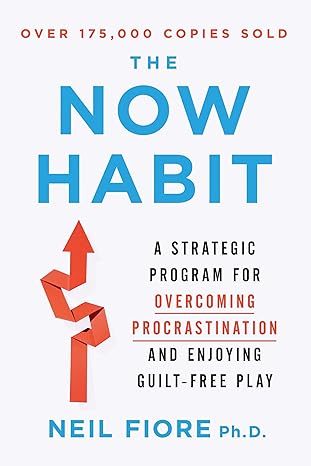
This book changed how I think about the “why” of procrastination. Fiore shows that avoidance often hides fear — fear of failure, or of not meeting impossible standards. Instead of shaming yourself, he teaches gentle, effective tools: the “unschedule” (block off leisure first), graded tasks (break work into tiny steps), and the idea of permission to play so work doesn’t feel like punishment. I used the unschedule for a week: I listed my free time first, then fit in 20-minute work sessions. The pressure dropped, and I started finishing small tasks without drama. If you’ve ever told yourself “I’ll do it tomorrow,” this book gives a simple, humane way to start today.
2. Eat That Frog! — Brian Tracy
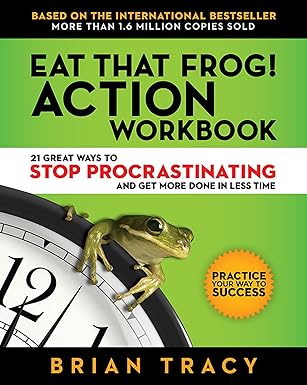
Tracy’s core idea is gloriously simple: do the worst, hardest thing first. The metaphor stuck with me. When I set one “frog” each morning—the one task I feared or avoided—the rest of the day became easier. The practice isn’t about punishing yourself; it’s about clarity. Pick the task that moves the needle, start it early, and you’ll get momentum. I began scheduling one frog each day and splitting it into 25-minute chunks. Some frogs took two sessions; some were gone in one. The key: you stop letting dread set the agenda. For someone who procrastinates by doing busywork, this book is a sharp, practical weapon.
3. Atomic Habits — James Clear
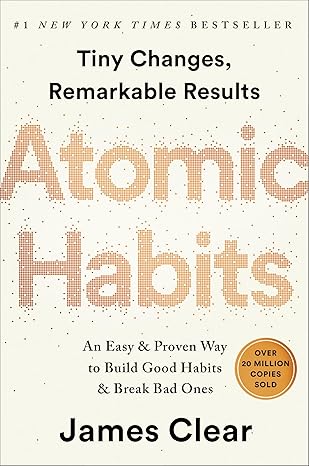
If procrastination is the habit of avoiding, this book teaches how to build the opposite habit: tiny, repeatable actions that stick. Clear’s “two-minute rule” is gold—start a new habit in just two minutes so resistance doesn’t win. I used that rule to stop avoiding writing: start by opening a doc for two minutes. Mostly I kept going. Over weeks, those two-minute starts grew into solid sessions. Clear also shows how to design your environment—remove friction for the things you want to do, add friction for distractions. For anyone who says “I don’t have the willpower,” this book offers a kinder, smarter route.
4. Finish: Give Yourself the Gift of Done — Jon Acuff
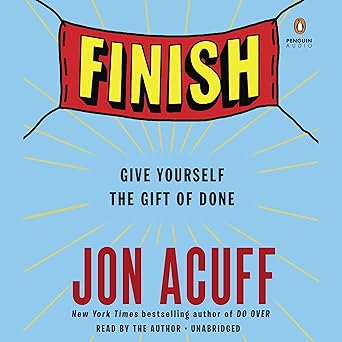
This one helped me when I’d start many projects and complete few. Acuff focuses on the barriers that keep people stuck—perfectionism, fear of criticism, and grand expectations. He teaches how to plan for “finished” not “perfect”: set realistic completion rules, pick a finish line, and reduce optional tasks that drain time. After reading it, I gave myself a simple rule for side projects: ship a version that’s 80% and move on. The relief of finishing once, then doing it again, changed my momentum. If you stall because “it’s not ready,” this book is a practical, human push toward completion.
5. Getting Things Done (GTD) — David Allen
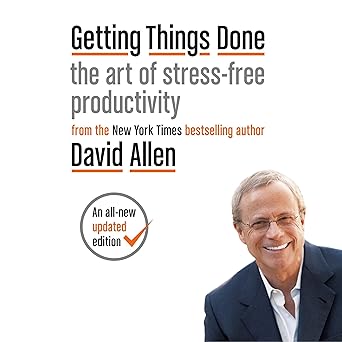
GTD helped me clear the mental clutter that fuels procrastination. Allen’s system is a calm, practical method: capture tasks, decide the next action, and organize them so nothing important lives only in your head. When my list was everywhere—notes, tabs, messages—I froze. GTD gave me a simple inbox-to-next-action flow. I stopped wasting time deciding what to do and started doing the next small step. It’s less about rigid discipline and more about a trust system for your brain: when you trust your tools, you procrastinate less.
6. The War of Art — Steven Pressfield
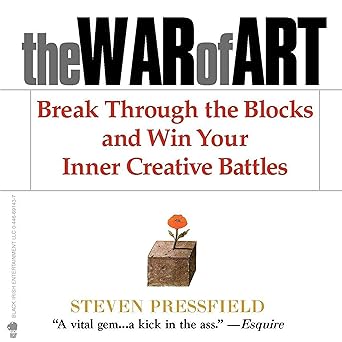
Pressfield calls procrastination “Resistance” and treats it like a living force that attacks any creative impulse. The book is short, raw, and fierce. Reading it, I felt less alone in the struggle; he gives blunt, memorable lines that break the story you tell yourself about talent or timing. For days when you excuse yourself with “I’ll do it later,” Pressfield’s voice cuts through the excuses. It’s not a polite self-help manual—it's a kick in the seat that works for many people who need a tough, honest nudge to begin.
7. Solving the Procrastination Puzzle — Timothy A. Pychyl
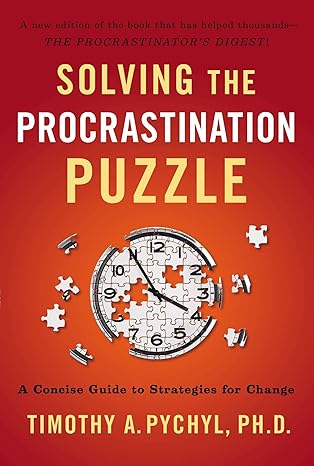
This short guide is practical and science-friendly. Pychyl explains why delaying tasks is rarely about laziness and often about short-term mood repair—choosing to feel better in the moment rather than face discomfort. His simple exercises (if-then plans, tiny starts, and empathy toward yourself) worked for me the day I needed a quick reset. Because it’s compact, you can read it in an afternoon and start applying techniques that same day. If you want a research-backed, no-fluff manual, this one fits the bill.
Quick Tips That Actually Helped Me (Use These Today)
- Start tiny: two minutes is better than zero.
- Block time: guard one distraction-free hour per day.
- Make it visible: write the first step on a sticky note and put it on your monitor.
- Remove friction: put the app you waste time on behind a password or uninstall it for a week.
- Finish small: define what “done” looks like before you start.
Where to go next
If you want more suggestions on focus, habits, or beating procrastination, check these posts:
Parting note: procrastination feels personal, but it isn’t a character flaw. It’s a pattern we can change by learning how our minds choose comfort over action. Start with one tiny move today—just two minutes—and you’ll be surprised where it leads.